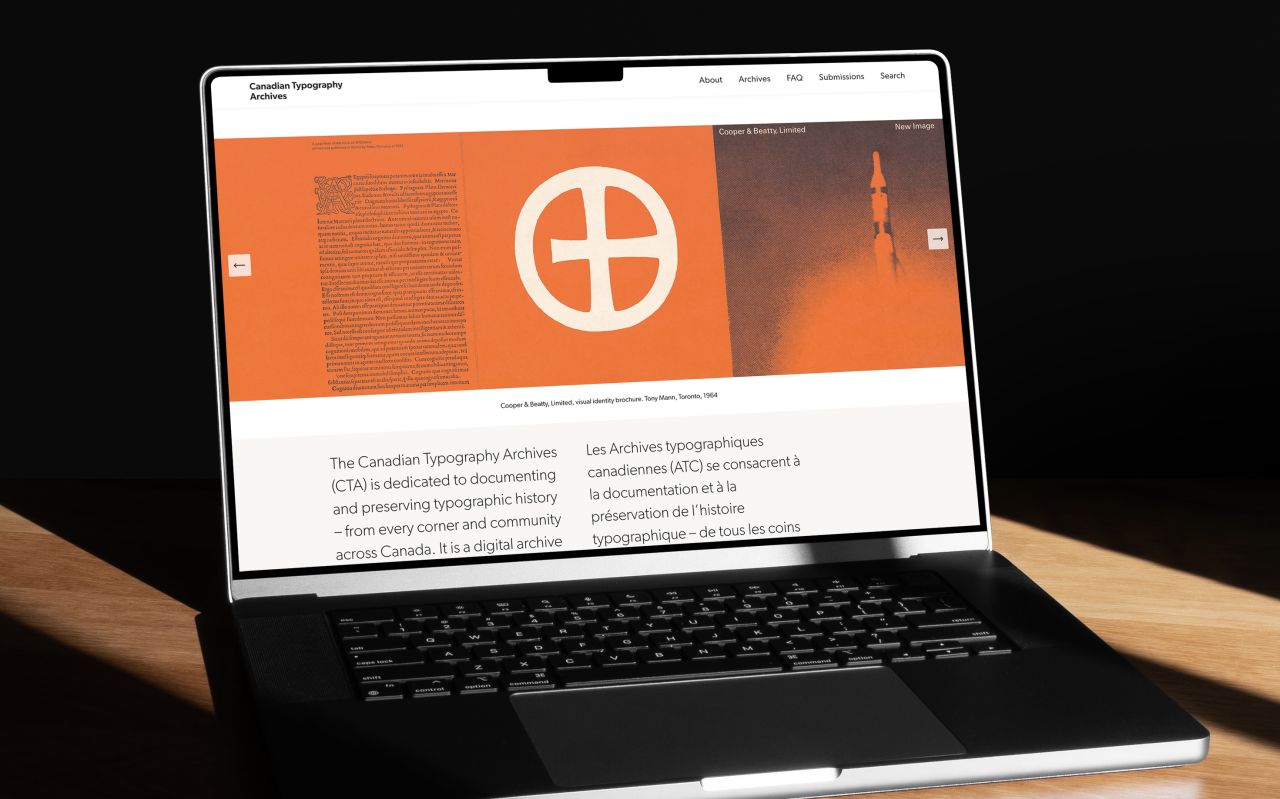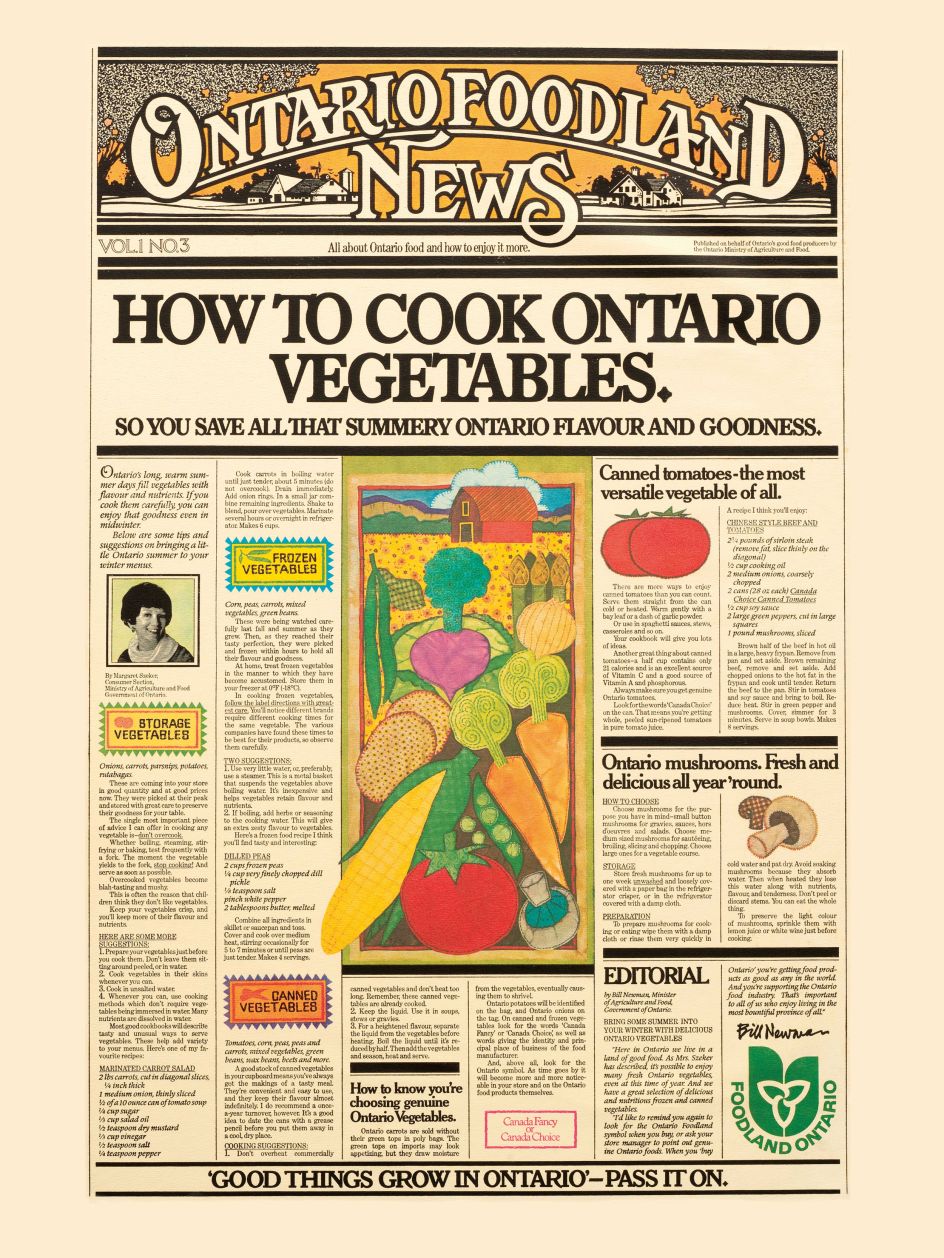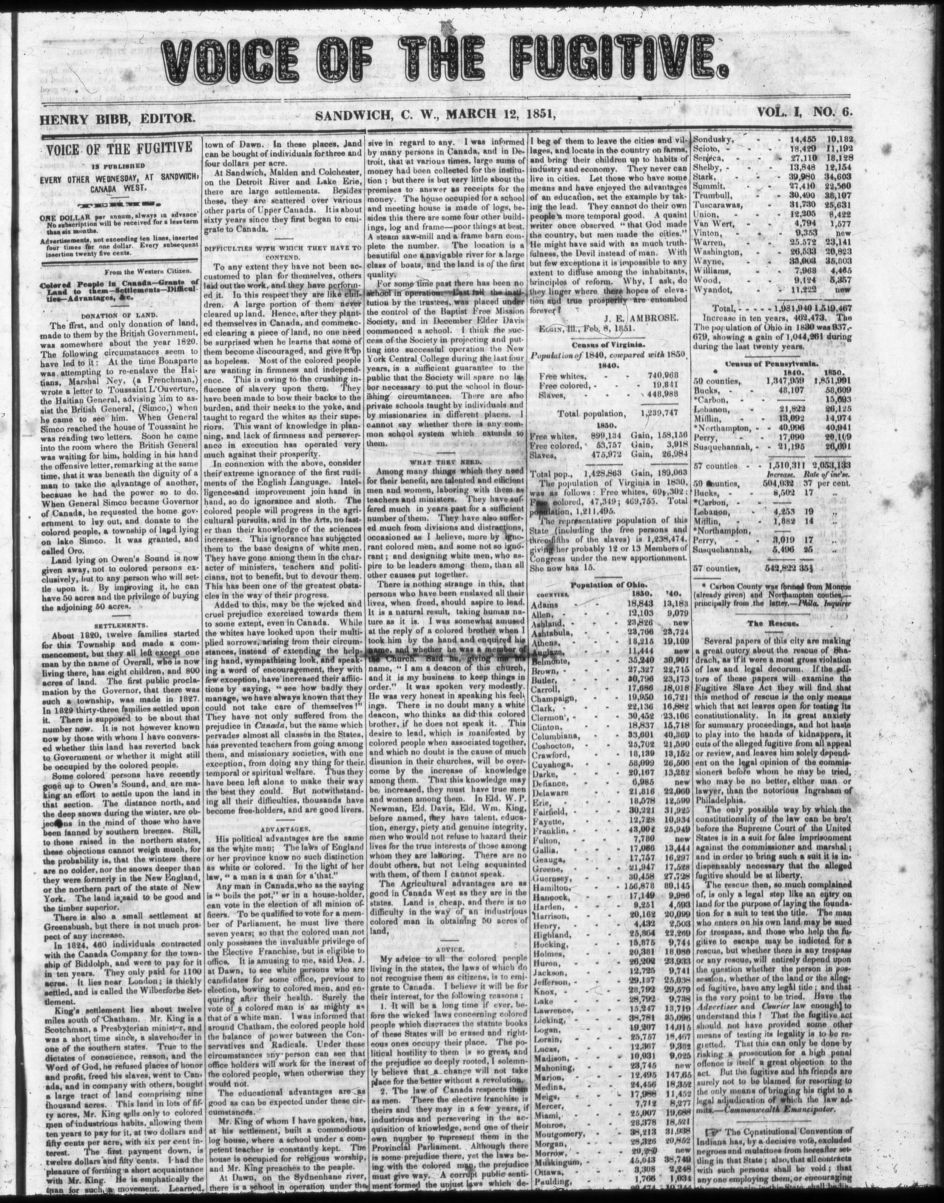New digital archive provides invaluable insights into the evolution of Canadian type
Even if you love typography, your view of it may be blinkered by geographic and historical filters. This new project provides a glimpse into Canadian type history from 1752-1985... and that's just the start.

From the screens we tap on, the movies we clap for, the transit system we navigate or the books we cosy up with, typography is around us all the time. But unless we travel a lot, most of the type we see will be from our own locality. This means there's an entire globe's worth of inspiration we're missing out on.
That's why we're excited to hear about a new initiative from a collective of Canadian designers, historians, educators and volunteers.
Canadian Typography Archives is a new digital resource for students, professionals and anyone else interested in Canada's type history. Its website has just launched in Phase 1 and aims to create a space for learning, reference and appreciation of type.

The project is dedicated to documenting and preserving typographic history – from every corner and community across Canada. Its archive includes finished artefacts, articles, correspondence, processes, oral histories and other materials in the form of images, first-person accounts, videos and audio recordings.
Note that the definition of typography here has been expanded to include related fields, such as calligraphy, lettering, sign painting, letter carving and engraving.
Just the start
The first phase of the project has been led by Canadian type designer Rod McDonald, drawing on his encyclopedic knowledge of typography, from the first printing press in Halifax in 1752 up until the beginning of the digital era in 1985.
Future phases will bring the stories up through the 2000s, documenting the seismic shift in communication that began with the introduction of computers and digital fonts.

The work profiled on the site spans various categories of typography, including printed books, calligraphy, hand lettering, typeface design and advertising.
Significant pieces include early work from well-known designers such as Carl Dair, Allan Fleming, Les Usherwood and Irene Alexander, the first commercial typefaces and alphabets created in Canada, and an introduction to early printing and type in Canada from 1752-1900.
Much of this work has been rarely or never before seen by the public.
And this is just the start. While Phase 1 reflects the artefacts and perspectives most readily accessible to the launch team, their aim moving forward is to encourage the sharing of work, stories and perspectives that have not been acknowledged or represented and to provoke new conversations and explorations.
Also, the current website is in English only, but future phases are planned to add French and additional language support and content.









](https://www.creativeboom.com/upload/articles/86/862919952c0ad18439004228895a431dc6e45ffc_732.jpg)












